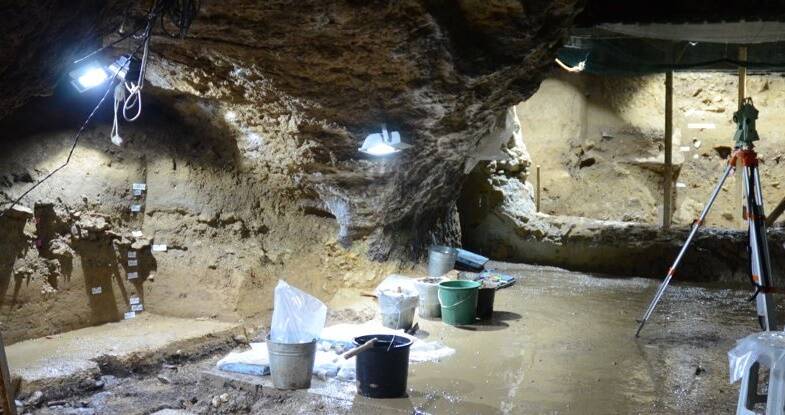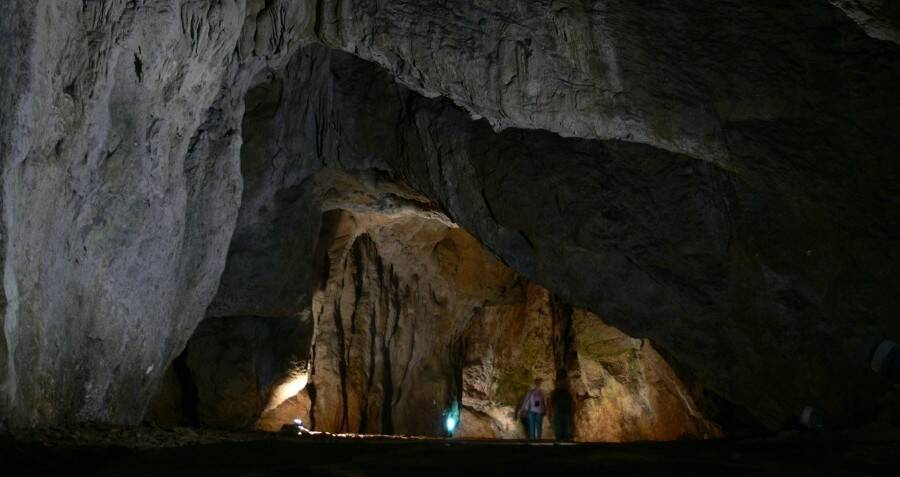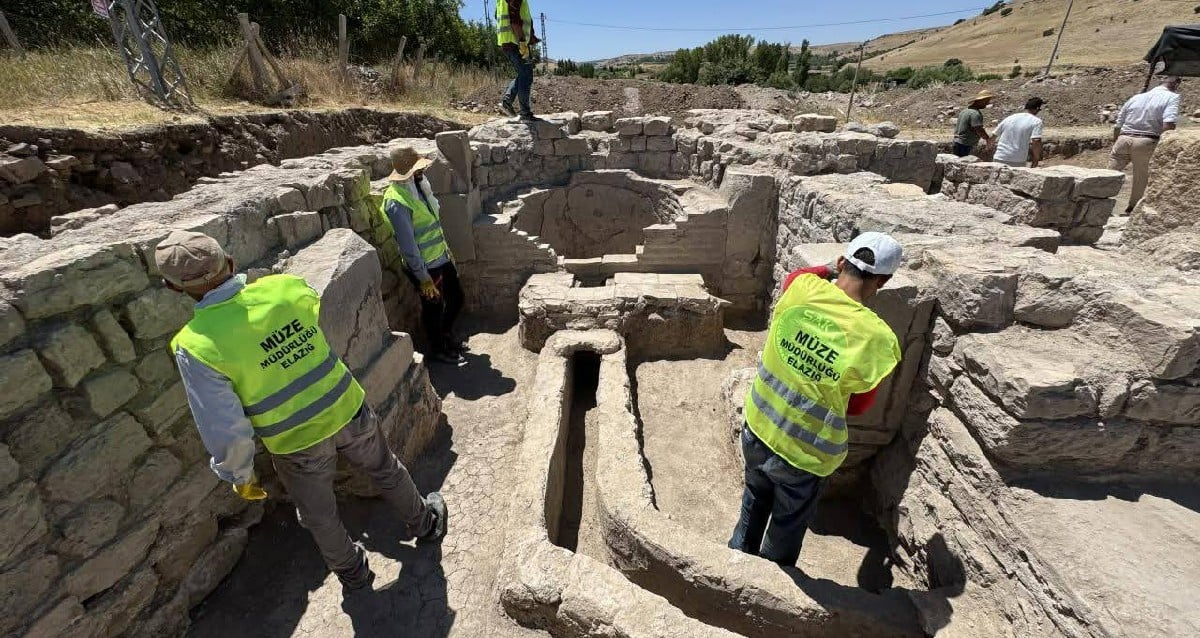“Ancient Secrets Unveiled: Bulgaria’s Cave Reveals Earth’s Oldest Modern Human Footprints!”
The result established the bones as the oldest H. sapiens remains discovered in Europe so far which, in turn, provides scientists with the earliest date showing the presence of our species on the continent. The specimens push back the previously estimated date of our species’ arrival in Europe by at least 1,000 years.

Tsenka TsanovaBacho Kiro cave is known for its rich deposit of fossils from the Initial Upper Palaeolithic period.
During excavations at the cave, scientists also found a number of tool items, including pendants made from cave bear teeth. The pendants closely resemble those made by the last Neanderthals of western Europe who went extinct about 39,000 years ago.
Researchers believe this signifies contact between the H. Sapiens and the Neanderthals.
Early modern humans “brought new behaviors into Europe and interacted with local Neandertals,” Jean-Jacques Hublin, co-author of the study and director of the Max Planck Institute for Evolutionary Anthropology’s department of human evolution, told CNN.
“They exchanged genes but also techniques: The kind of pendants found in Bacho Kiro will be later also produced by the last Neanderthals in Western Europe.”
He added:
“This early wave of modern peopling largely predates the final extinction of the Neanderthals in western Europe 8,000 years later… Such a chronological overlap of the two species in Europe indicates that the replacement of one species by the other was a more complex process than what has been so far envisioned by most scholars.”












